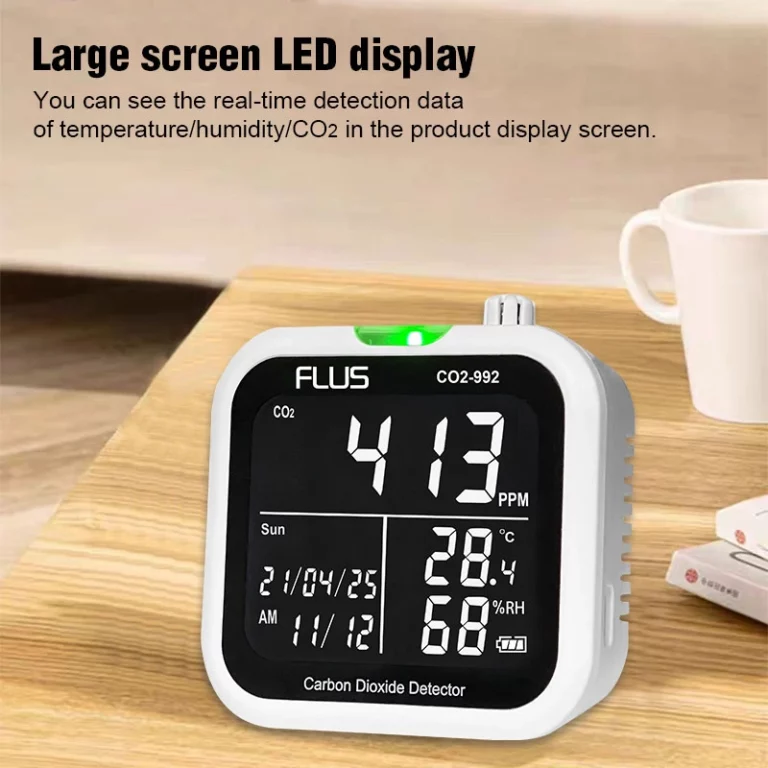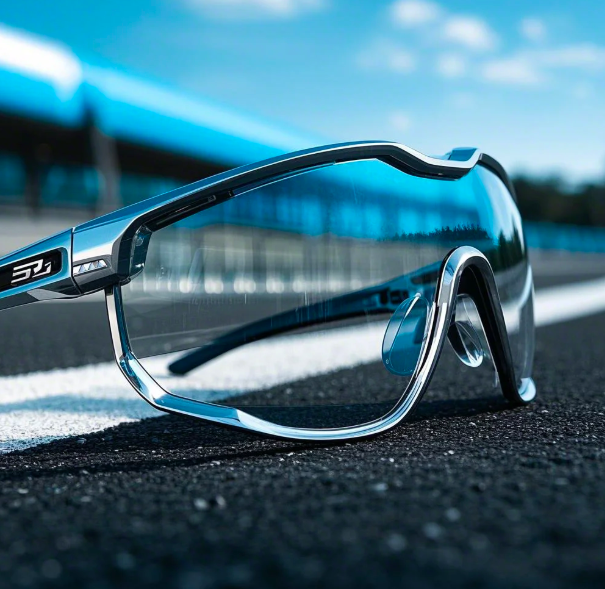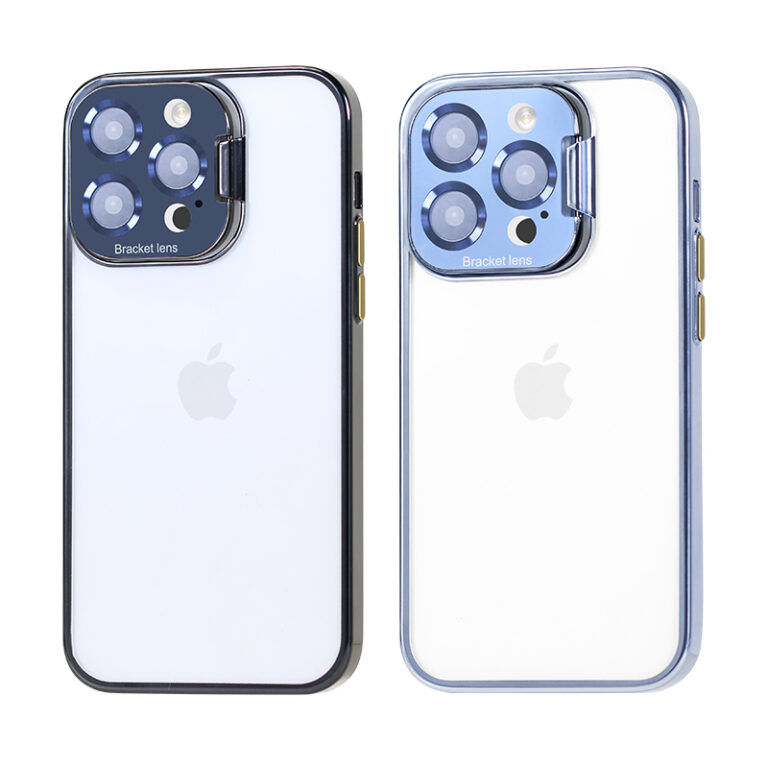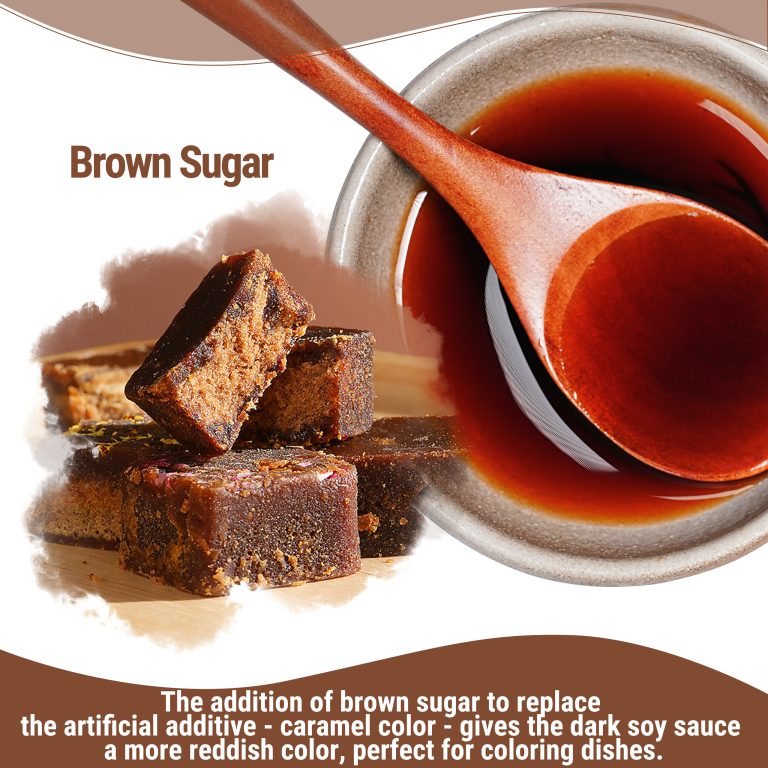目录
Understanding the Role of Modern Phone Case Vendors
The mobile accessories market has grown exponentially with the global adoption of smartphones. Among its key players are phone case vendors, who not only supply protective products but also shape trends in design, functionality, and materials. This article provides a comprehensive, technical, and objective analysis of how phone case vendors operate in today’s competitive landscape, with a focus on production techniques, quality control, and material innovation.
Supply Chain Structure and Vendor Differentiation
Phone case vendors can be broadly categorized based on their position in the supply chain—OEM manufacturers, white-label providers, and custom design studios. Each type of vendor addresses different market needs. OEM vendors focus on high-volume, standardized production, whereas custom-oriented vendors prioritize low-volume, high-detail design flexibility.
An increasing number of phone case vendors now operate in vertically integrated models, combining material sourcing, injection molding, printing, and packaging in-house. This not only ensures tighter quality control but also shortens lead times—an essential factor in markets driven by fast-changing smartphone models and consumer preferences.

Materials and Fabrication Techniques
Material selection plays a crucial role in determining both the performance and environmental impact of a phone case. Common materials include a thermoplastic polyurethane (TPU), polycarbonate (PC), silicone rubber, and increasingly, bio-based or recycled polymers.
Advanced phone case vendors apply fabrication techniques such as multi-shot injection molding, laser texturing, and UV printing to enhance product durability and aesthetics. Quality-centric vendors also integrate drop-testing protocols (e.g., MIL-STD-810G) into their development cycles, ensuring real-world performance under stress conditions.
Surface engineering is another area of focus—vendors now explore anti-microbial coatings, fingerprint resistance layers, and matte vs. gloss finishes to improve both functionality and user experience.
Customization and CAD-Driven Design
To meet the growing demand for personalization, phone case vendors have embraced CAD software, 3D modeling, and rapid prototyping technologies. These tools allow vendors to quickly iterate on custom designs, test ergonomic features, and adjust mold geometries based on client requirements.
Some vendors have also adopted digital twin methodologies to simulate real-world usage scenarios—like thermal expansion or impact forces—before committing to large-scale tooling. This helps reduce design errors and shortens development timelines.
Quality Assurance and Compliance
Compliance with regional safety and environmental standards has become a baseline expectation. Leading phone case vendors often align with RoHS (Restriction of Hazardous Substances), REACH, and ISO 9001 certifications, ensuring that both production processes and final products meet global regulatory criteria.
Furthermore, to maintain quality across global markets, vendors invest in metrology tools, automated inspection systems, and Statistical Process Control (SPC) methods. These practices not only minimize defect rates but also build trust with downstream distributors and B2B clients.
Outlook: Where Phone Case Vendors Are Headed
As smartphones become increasingly integrated into daily life, phone case vendors will play a vital role in merging form with function. Trends such as sustainable materials, modular attachments (e.g., cardholders or kickstands), and embedded electronics (like NFC chips) are pushing the boundaries of what a phone case can offer.
Additionally, global economic factors are reshaping sourcing strategies. Vendors are diversifying production hubs to mitigate geopolitical risks and logistics bottlenecks—shifting some manufacturing capacities closer to end-user markets.
Conclusion
In summary, modern phone case vendors are no longer just suppliers of plastic shells—they are integrated solution providers navigating complex design requirements, compliance landscapes, and dynamic market trends. Their evolution reflects broader shifts in consumer behavior, material science, and global trade. For engineers, designers, and procurement professionals, understanding how these vendors operate is key to leveraging value from one of the most ubiquitous yet technically nuanced accessories in the mobile ecosystem.
0






